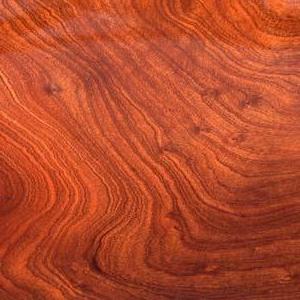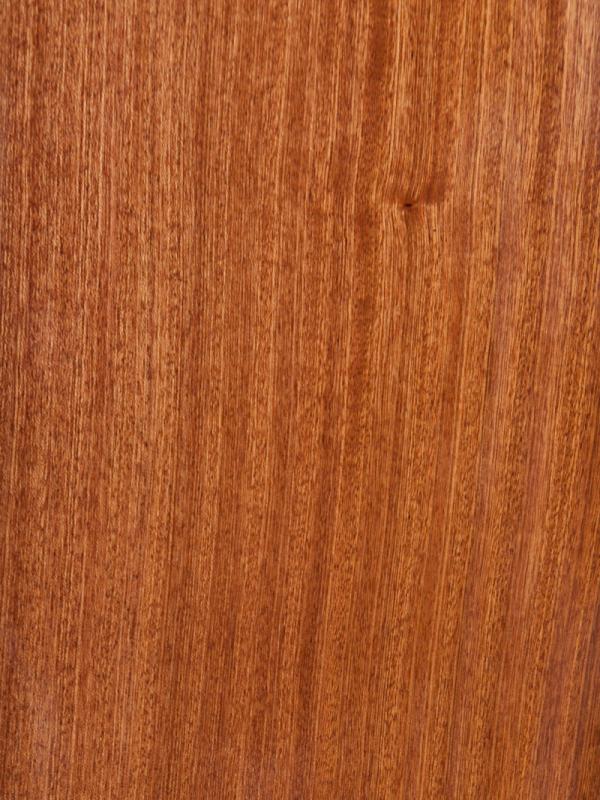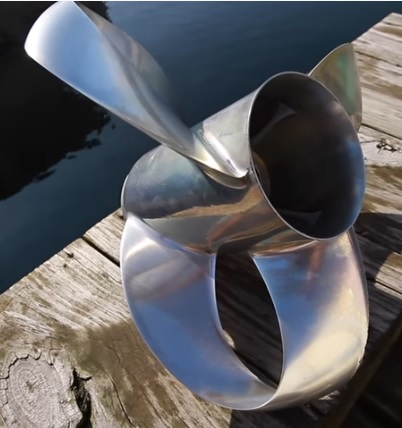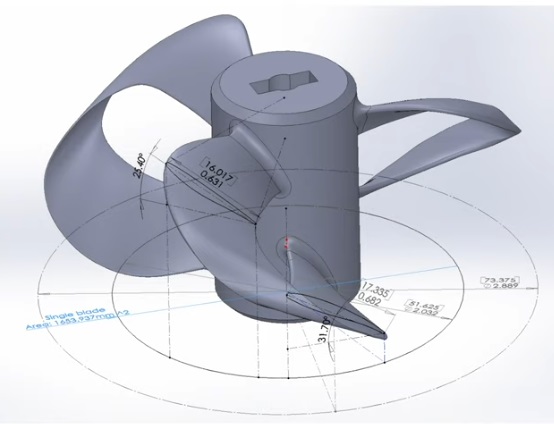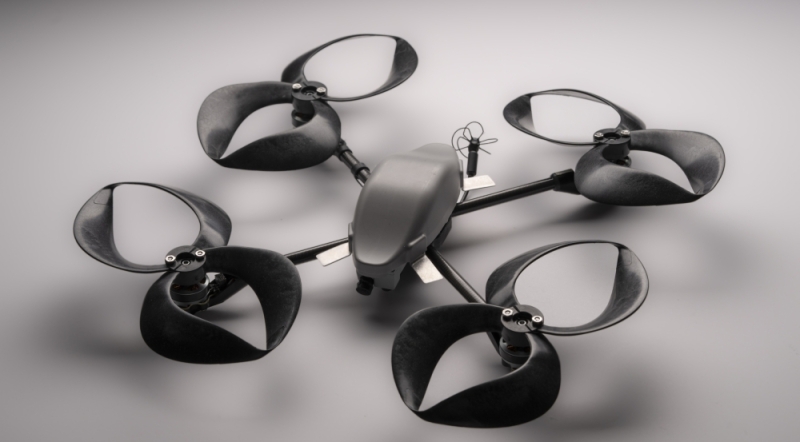TorontoBuilder
Sapientia et Doctrina Stabilitas
Lofting is something I learned long ago but dont often use outside of rendering previews of fuselages and hulls for models I plan to make.
Lofting boat hulls is soooo much quicker in fusion 360 than by hand... 12 mould stations and two stem moulds. Then lofted the hull itself to check the fairing.
Now to apply it to milling moulds, learning how to output from fusion's cam tools.

Lofting boat hulls is soooo much quicker in fusion 360 than by hand... 12 mould stations and two stem moulds. Then lofted the hull itself to check the fairing.
Now to apply it to milling moulds, learning how to output from fusion's cam tools.

